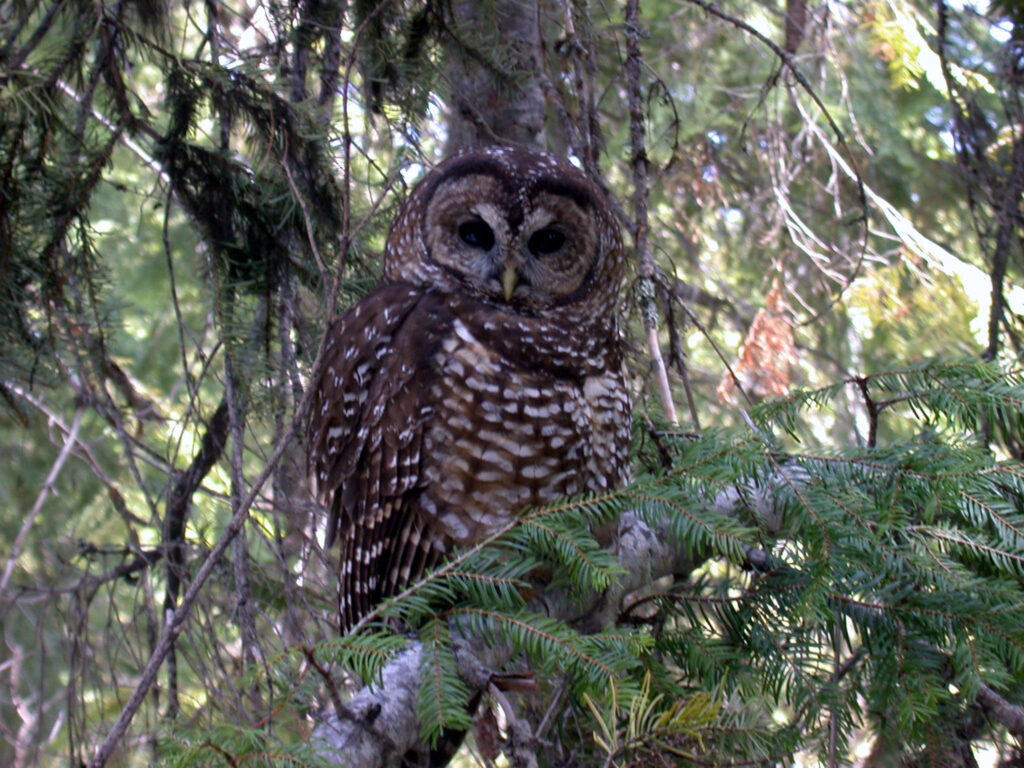This article was originally published in The Hill.
This month, the Biden administration announced its intent to revise or rescind several Trump-era regulations that altered how federal agencies implement the Endangered Species Act. President Biden’s proposed changes have been described as an effort to strengthen protections for endangered species in light of the Trump administration’s attempts to “weaken” the 50-year-old law.
But if we’ve learned anything over the past half-century of endangered species policy, it’s that more restrictive regulations aren’t always better for recovering imperiled wildlife. The Biden administration should consider whether its proposed changes actually would help recover species—or whether, in its rush to reverse former President Trump’s policies, it might make that challenge even more difficult.
Consider that most endangered species rely on habitat found on private lands, yet the Endangered Species Act’s punitive approach does little to encourage landowners to restore habitat for imperiled species or to reward states that develop innovative programs to conserve species on private lands. In fact, landowners who restore habitat often are “rewarded” with costly red tape and land-use regulations, making rare species liabilities to be avoided instead of assets to be protected.
With such backwards incentives, it’s no wonder that less than 3 percent of listed species have recovered and been delisted under the law. As a former Fish and Wildlife Service administrator once lamented, “The incentives are wrong here. If I have a rare metal on my property, its value goes up. But if a rare bird occupies the land, its value disappears.” One study even found that North Carolina landowners preemptively destroyed habitat for red-cockaded woodpeckers to avoid regulatory restrictions that could arise if the birds moved in.
Some of the Trump administration’s rules improved landowners’ incentives to recover species. One rule removed a blanket policy issued by the Fish and Wildlife Service in 1975 that extended full protections to all listed species, regardless of whether they are considered “endangered” (at risk of extinction) or “threatened” (could become endangered in the foreseeable future). Although some criticized this as weakening protections, the rule simply directs the Fish and Wildlife Service to tailor protections to match the particular needs of each species.
Crucially, this gives states and landowners a stake in species recovery. The agency can craft flexible protections for threatened species that exempt activities that don’t harm or may even benefit a species while focusing on the threats that are detrimental to its recovery. Recent protections issued for the Louisiana pine snake, for example, allow certain forestry activities that improve the snake’s habitat, including prescribed burning and tree thinning, while still regulating more intensive practices that degrade its habitat. With this approach, states and landowners can be rewarded with regulatory relief as a species’ status improves but would face more stringent regulations if it declines, giving them strong incentives to help with recovery efforts.
Other Trump-era rules removed regulations that were counterproductive. One rule, for example, reversed a policy that allowed the government to designate private land as “critical habitat” even if it is currently inhospitable for an endangered species. In 2011, the government declared a Louisiana landowner’s property as habitat for the endangered dusky gopher frog, despite the fact that the frog had not been seen in the state for more than a half-century and the land was no longer suitable for it. Such designations come along with land-use restrictions and property value reductions that create plenty of controversy with landowners but do nothing to help species.
Rather than reversing Trump’s rules, the Biden administration should heed its own advice. Its new “America the Beautiful” report—which outlines plans to conserve 30 percent of the nation’s lands and waters by 2030—states that “the most effective and enduring conservation strategies are those that reflect the priorities, needs and perspectives of the families and communities that know, live, work and care for the lands and waters.” Among its key principles: “Honor private property rights and support the voluntary stewardship efforts of private landowners.”
We couldn’t have said it better. The Biden administration should apply these insights to its proposed rule changes. Because when it comes to endangered species policy, the question is not whether rules are more or less stringent, but whether they provide the incentives needed to recover species.





